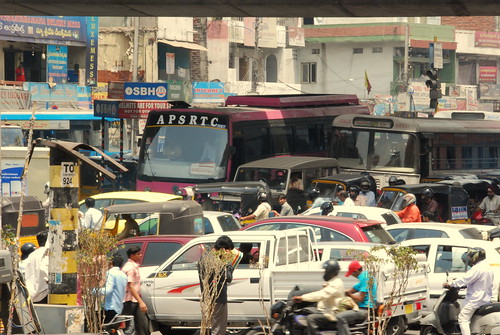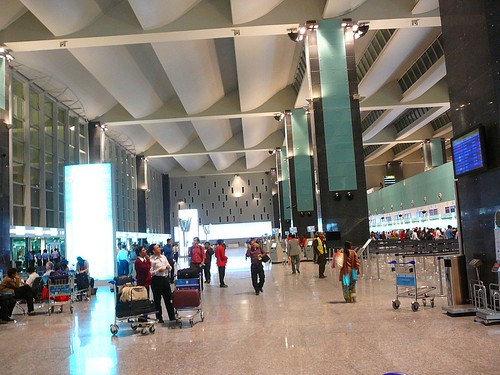U.S.’ first all-electric car-sharing program, AltCar, debuts in Baltimore, Maryland
(Source: Baltimore Sun, New York Times & Wired)

Baltimore Mayor Sheila Dixon smiles after test-driving a Maya 300 electric car outside the Maryland Science Center Tuesday, June 23, 2009 in Baltimore. ExxonMobil and Electrovaya, a manufacturer of electric car battery systems, announced an all-electric car-sharing program Tuesday in Baltimore. (AP Photo/ Steve Ruark -via Baltimore Sun)
The nation’s first all-electric car-sharing program debuted in Baltimore, Maryland this week. The nation’s first all-electric car-sharing program debuted Tuesday at the city’s Inner Harbor, with manufacturer Electrovaya hoping urban residents seeking to go green and curious tourists will take the concept for a spin. Electrovaya Inc. is offering its Maya 300 for rent at the Maryland Science Center. The car can go up to 120 miles on one charge of its lithium-ion battery system, and it gets its juice from a regular 110-volt outlet.
The altcar car-sharing service has a fleet of 10 electric cars at the Maryland Science Center. Ten cars will be available starting Wednesday through the new car-sharing Web site Altcar.org. A two-hour trip costs $29, with discounts for science center members. (Wired reports that the cars won’t be available to the public until Aug. 1). Signing up requires a $25 application fee to pay for the background check and a $50 membership fee.
This rental program gives Baltimore residents and tourists the opportunity to rent a five-door, five- passenger Maya-300 at the Maryland Science Center and drive it around the city. The car makes little noise, provides dashboard gauges for battery life and temperature, and offers other conveniences of gas-powered cars. Electrovaya’s battery technology is made possible by ExxonMobil Corp.’s battery separator film. The film, with lithium-ion batteries, allows for the units to operate at higher temperatures with a reduced risk of meltdown.
“This is an example of what science centers do best,” said Van Reiner, president and CEO of the science center. “We are showcasing new technology, and that’s what makes us so excited.”
The manufacturer calls the fleet of emission-free cars a “game changer” in urban transportation alternatives. Electrovaya CEO Sankar Das Gupta said that’s because the vehicle has the look and feel of a four-door, gas-powered sedan and should appeal to consumers who want to reduce oil dependence.
Das Gupta said he hopes to ink deals with larger fleet operators to scale up production of the Maya 300, which is currently manufactured in Michigan. He hopes to begin selling the vehicle to the general public within a year for about $25,000 apiece.
“Ultimately, in order to drop the price of electric cars, you have to generate large volumes,” explained Das Gupta, who said the lithium-ion battery his company makes constitutes 40-50 percent of the Maya 300’s cost.
In addition to manufacturing and selling the Maya 300, Electrovaya would supply major automakers lithium-ion batteries — which move lithium between an anode and cathode when charging and discharging. Das Gupta declined to say with whom he is discussing such an arrangement.
The Maya 300’s debut came as President Obama and his advisers dished out $8 billion in loans to Ford Motor Co., Nissan Motor Co. and Tesla Inc through DOE grants. “We have an historic opportunity to help ensure that the next generation of fuel-efficient cars and trucks are made in America,” Obama said.
More than 50 million new vehicles hit the world’s roads each year, and President Obama has set a goal of 1 million electric vehicles on U.S. roads by 2015.
Electrovaya’s Das Gupta is bullish on America’s — and the world’s — ability to achieve the Obama’s goal.
“We expect that within the next few years, one third of these vehicles will be electric,” he said.
Click here to read the entire article.











